Hello everyone.
Recently, Marshall has made waves by re-releasing four effect pedals to commemorate their 60th anniversary.
Riding this wave, I bought a Shredmaster and planned to talk about it in this post. However, my senior, with the fierceness of a character like Giant from Doraemon, snatched it away from me. Thus, here I am, feeling quite dejected these days.
But he promises to write a blog post that will be stimulating, entertaining, educational, and relatable for many people using the Shredmaster. So, stay tuned!
Now, let’s get to the main topic. Please take a look at the two photos below.
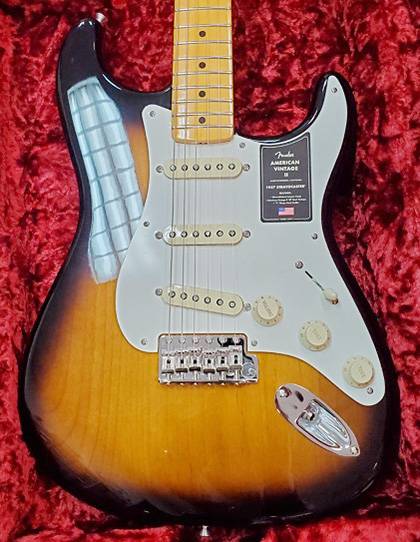
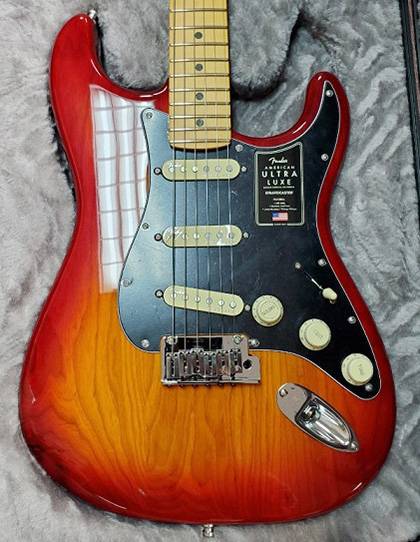
They both show Fender Stratocasters and take a look at bridges!
Both are called synchronized tremolo bridges.
Although they share the same name, they differ significantly in the number of support parts, plating, material, thickness, and more. This time, I will focus on the saddles, which are crucial parts where the strings rest.
Saddles might seem less exciting compared to components like pickups or tone circuit capacitors. However, they come in various types, and their shape and material can significantly impact the guitar’s sound.
For example, materials include steel, brass, stainless steel, aluminum, zinc, titanium, etc.
Manufacturing methods include pressing, die-casting, milling, metal injection, lost wax, etc.
The plating can also affect the sound. There are just so many options!
Let me introduce a few products available for purchase at Sound House.
First up is a pressed steel saddle from a reliable manufacturer, Gotoh.
Pressed type saddles are typically found on vintage-style Stratocasters.
It offers balanced sound across low to high frequencies, with good resonance and a bright, light tone.
However, due to its excellent resonance, sustain might be less compared to other saddles.
It’s recommended for players who focus on chord strumming and muting.
Another Gotoh saddle, but this one is a block type with chrome-plated steel.
While it shares the same material as the pressed type, the shape and plating differences alter its weight and, consequently, its sound.
Compared to the pressed type, it has tighter low frequencies, stronger high frequencies, and better sustain.
However, it doesn’t resonate as well.
This type of saddle is more commonly used in modern electric guitars due to its overall powerful and versatile sound.
Again from Gotoh, this is a block type with chrome plating, but made from brass.
The major differences between brass and steel are hardness and specific gravity.
Brass is softer and heavier than steel.
Basically, the harder the material, the stronger the treble, and the heavier the material, the more solid the midrange tends to be. Therefore, for the same block-type saddle, a brass saddle will have a warmer sound with an emphasis on the midrange than a steel saddle.
Although its sustain is not as good as steel, it’s better than the pressed type.
It combines the best of both pressed and steel block saddles.
KTS / PR-18 Block Style Saddles 10.8mm
This is a KTS bridge saddle, which means it’s made of titanium.
Titanium is expensive and has a certain appeal, but some might not fully understand it (like I used to). To explain, let’s compare the hardness and density of metals.
Titanium is harder and lighter than steel, so does that mean it produces high frequencies without midrange, resulting in a tinny sound? Not at all.
KTS uses relatively softer titanium, which undergoes heat treatment for uniform crystal structure. This results in a bright yet warm tone with a rich midrange.
The last one is Graphtech’s saddle made from TUSQ (artificial ivory), which is unusual for electric guitar saddles, but used for guitar nuts and acoustic guitar saddles.
TUSQ is known for its balanced sound across high and low frequencies and rich overtones.
Well, claims about rich overtones are common selling points for guitar products, so if you’re curious about the tone, please go ahead and purchase one from Sound House!
So, I introduced five synchronized tremolo bridge saddles. Did you find it interesting?
I hope it sparked some interest!
There are many more materials and shapes of models available, so feel free to explore!
One final note on saddle replacement: be sure to check the string spacing.
Electric guitar bridges are generally designed with 11.3mm, 10.8mm, or 10.5mm string spacing.
If you install a part with different spacing, it may not fit or leave gaps.
Always check your guitar’s string spacing before replacing parts.
This is a really important thing, so I said it twice (I’ve purchased the wrong one in the past lol).
See you again on the Sound House staff blog!
Goodbye.





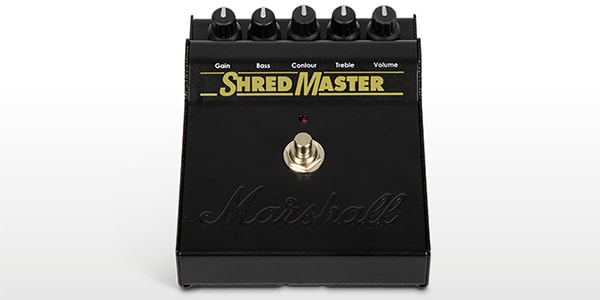
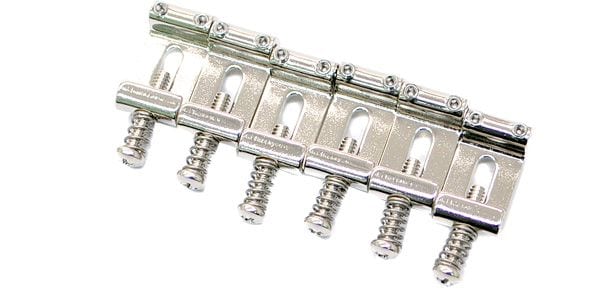
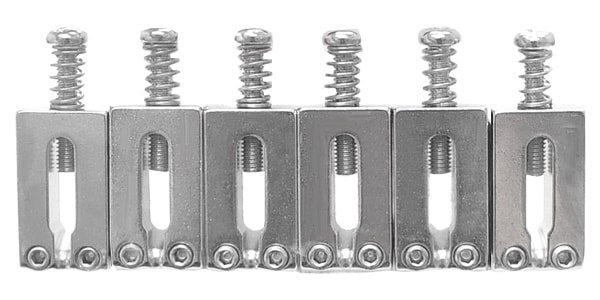
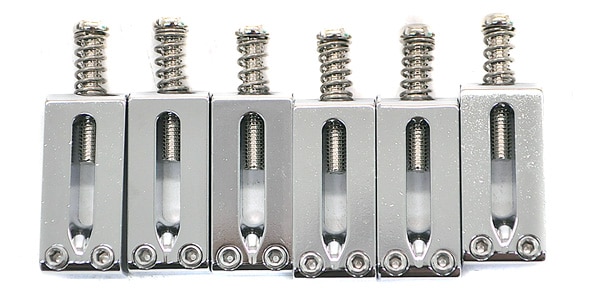
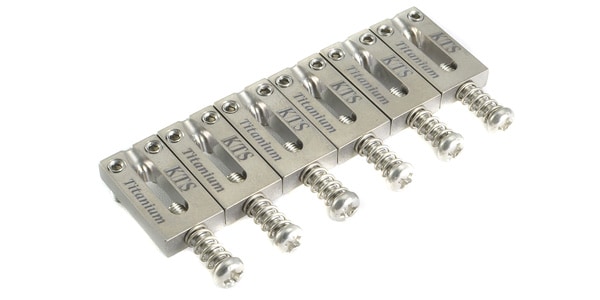
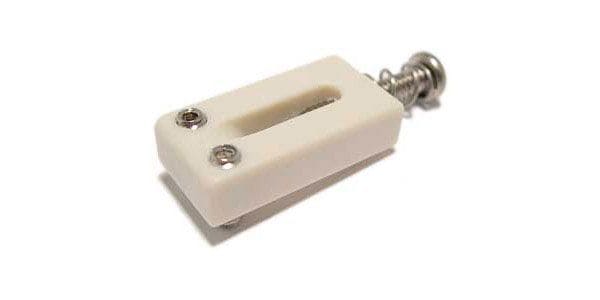







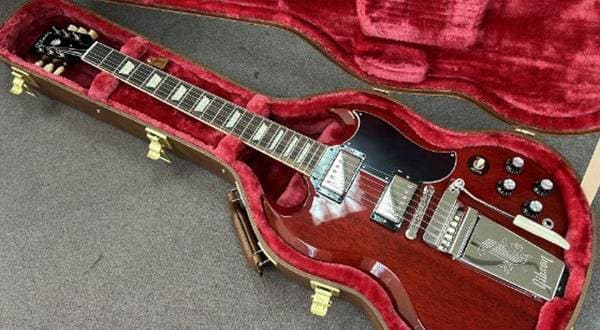
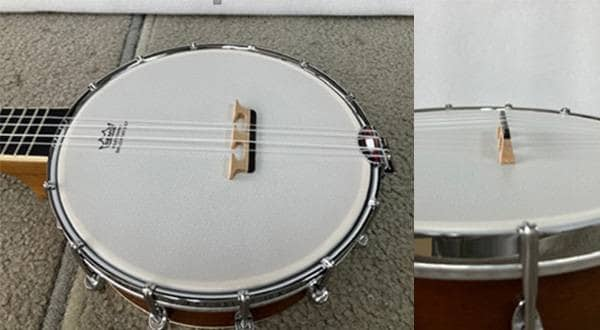

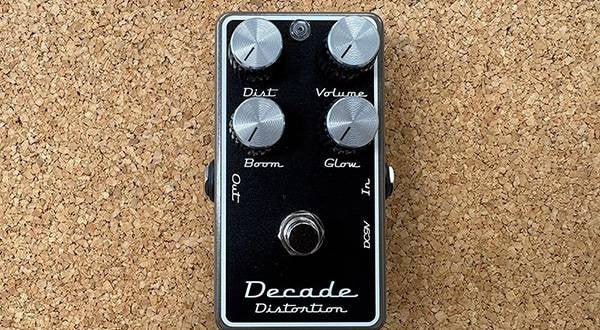
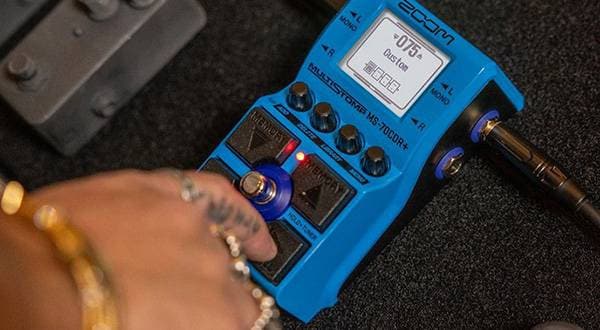
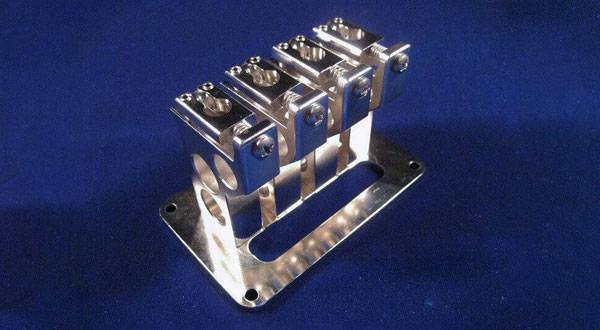
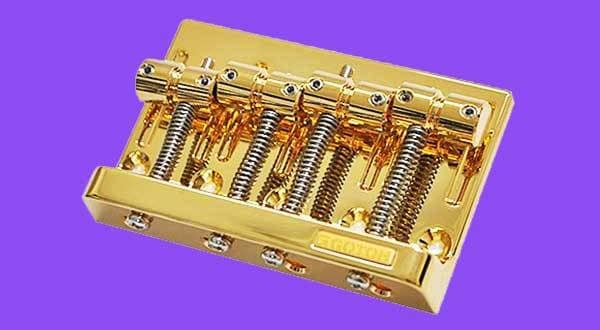
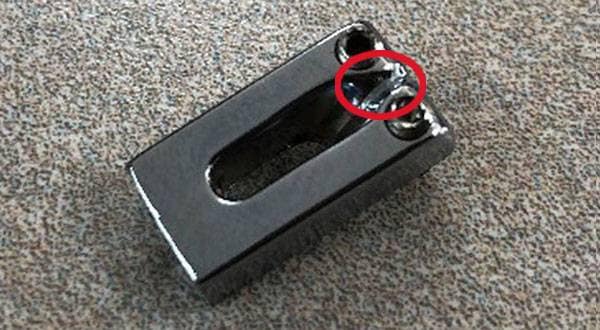
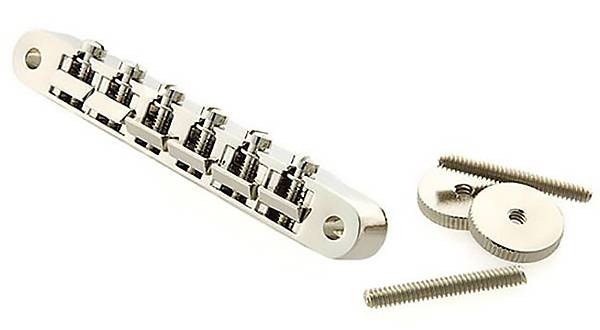
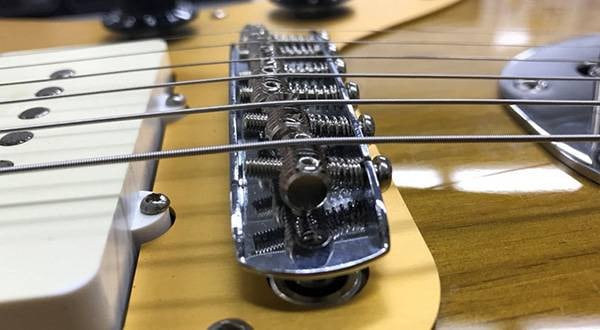
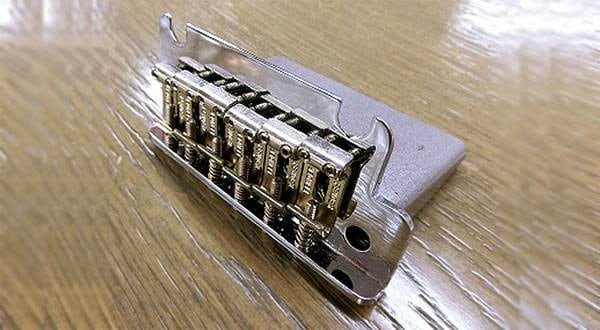
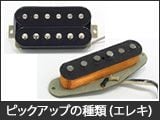 ピックアップの種類(エレキギター)
ピックアップの種類(エレキギター)
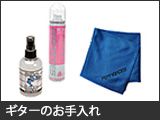 ギターのお手入れ
ギターのお手入れ
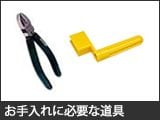 お手入れに必要な道具
お手入れに必要な道具
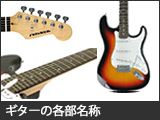 ギターの各部名称
ギターの各部名称
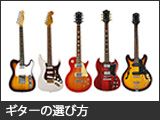 ギターの選び方
ギターの選び方
 ギタースタートガイド
ギタースタートガイド















